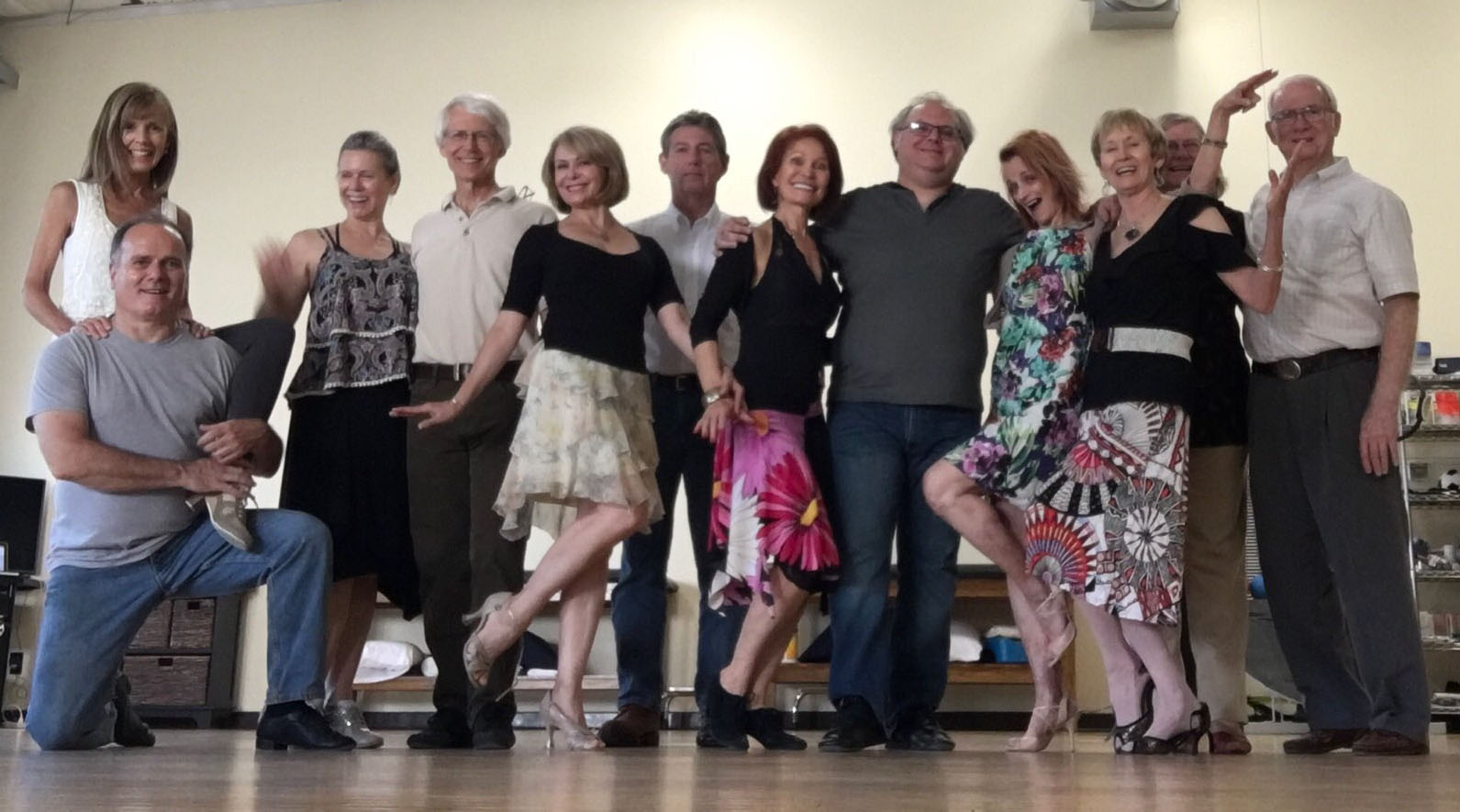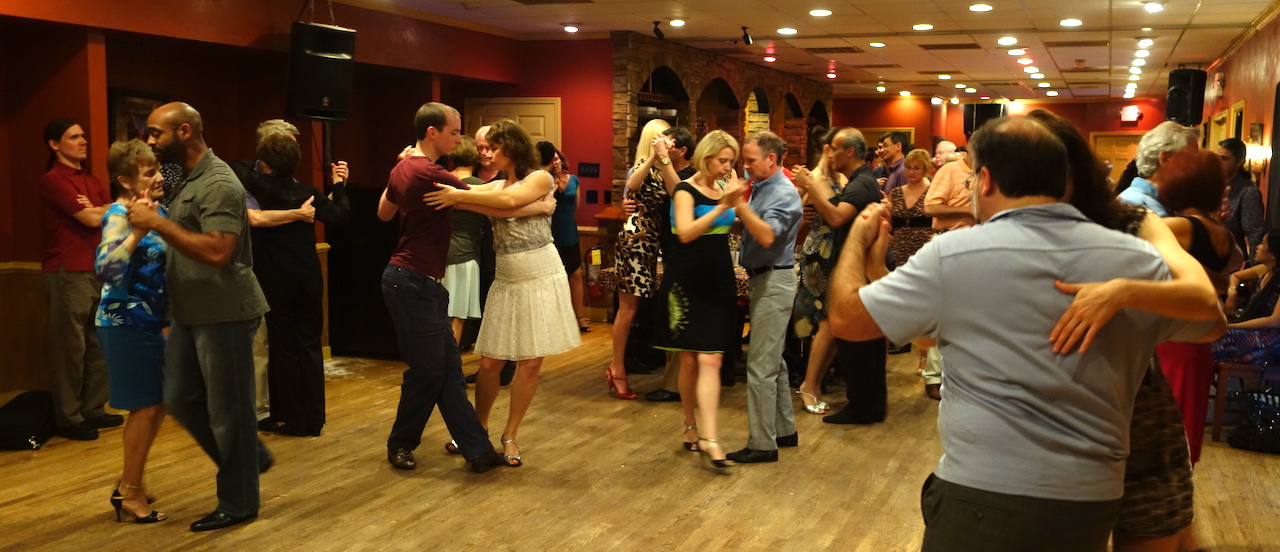There are many differences between beginner, intermediate and advanced dancers, but one is musicality.
Beginner's step on the beat and maybe throw in some double times here and there.
Intermediate dancers change their rhythm, cadence, tiempo, energy, etc tanda to tanda depending on the orchestra being played. For example, you would not dance the same way to D'Arienzo that you would dance to Fresedo or Di Sarli. Very few dancers get to this level. I see so many people dancing exactly the same regardless of which orchestra is playing.
Advanced dancers change their rhythm, cadence, tiempo, energy, etc within the same song. There are clear shifts in most Tango songs and to be able to hear them coming and adapt your dance to them is what makes a dancer great to me.
Watch this video of Chicho and watch where he changes in energy... 22sec with the violins he goes from very energetic to much more calm and his steps get smaller and more controlled. You might even see some changes before this, but a big change again at 1.16 his energy really picks up again and he starts doing bigger and bolder moves. Around 1.57 he shifts again. Last major shift at 2.08.
BTW... To me there are two Pure Genius moments in this dance as far as musicality are concerned: The short runs at 1.10 and the foot stomps at 1.43.





